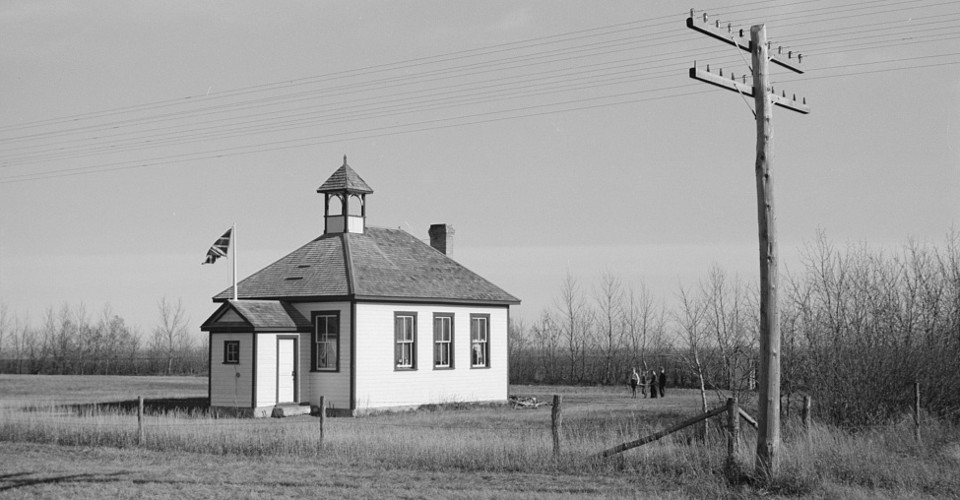The Education Deserts of Rural America - 2 minutes read
 The Education Deserts of Rural America
The Education Deserts of Rural AmericaOne in three Montanans lives more than 60 minutes from the nearest college campus. The tracts of land that separate these individuals and institutions are sometimes called “education deserts,” and they cover many patches of rural America. Add to that the fact that nearly 40 percent of first-time, full-time freshmen attend institutions fewer than 50 miles from home, and these statistics begin to sketch the outlines of a crisis.
The high-school education gap actually narrowed between 2000 and 2015—now students are just about as likely to attain a high-school diploma whether they live in a rural or an urban environment, according to a report from the United States Department of Agriculture. But during that same time period, the college-completion gap has widened. “The share of urban adults with at least a bachelor’s degree grew from 26 percent to 33 percent, while in rural areas the share grew from 15 percent to 19 percent,” the report found. The gap could be due, in part, to students leaving rural areas after college—or to adults with college degrees moving to urban or suburban areas in search of jobs. Regardless, the gap has grown by 4 percent.
“We need to take seriously the idea that everyone deserves access to a quality education, and we need to do everything we can to make that a reality,” Tara Westover, the author of the memoir Educated, said onstage at the Aspen Ideas Festival, which is co-hosted by the Aspen Institute and The Atlantic. “There’s all kinds of evidence to show that education is wildly unequal,” she said, “and as we allow that to continue, we’re just seeing the beginning of our political turmoil.”
Source: Theatlantic.com
Powered by NewsAPI.org
Keywords:
America One • 60 Minutes • Student • Institution • High school diploma • United States Department of Agriculture • College • Bachelor's degree • Rural area • Student • Employment • Aspen Ideas Festival • Aspen Institute • The Atlantic •